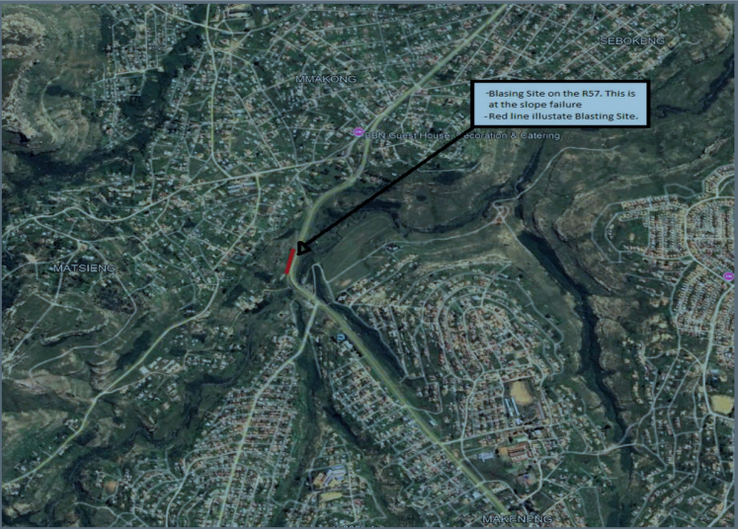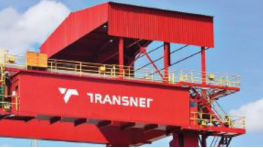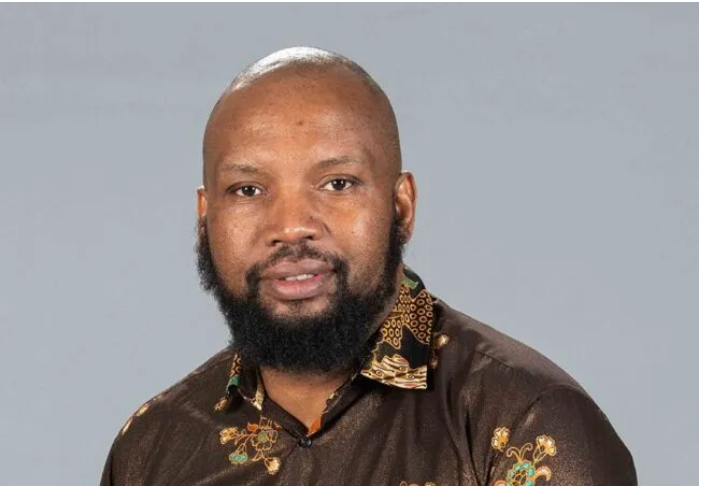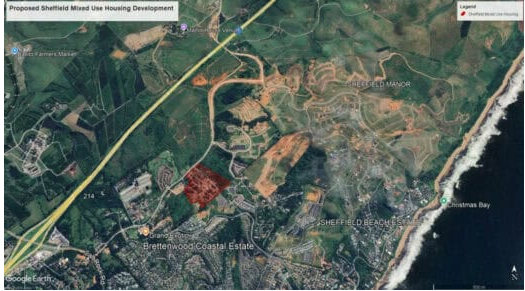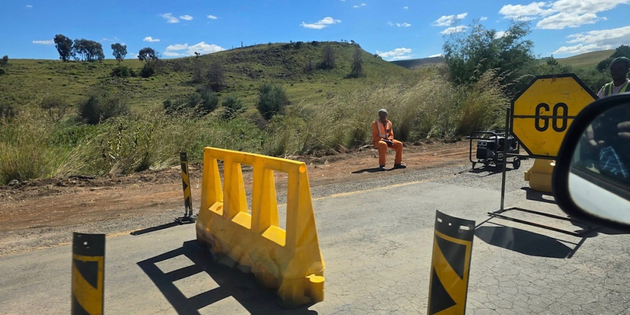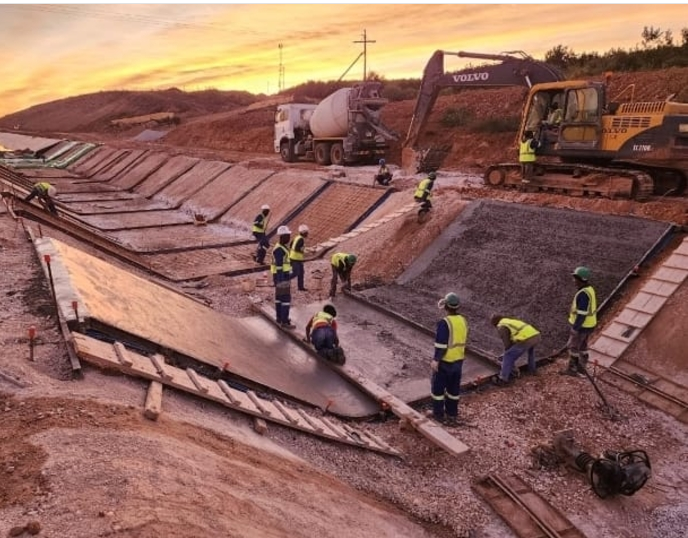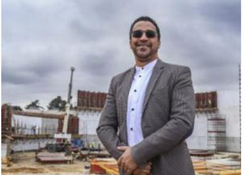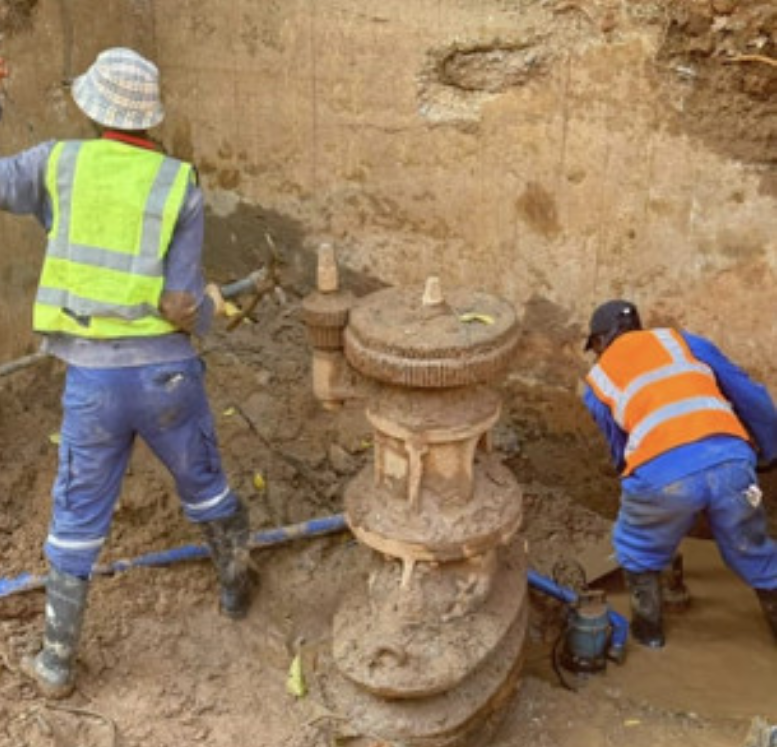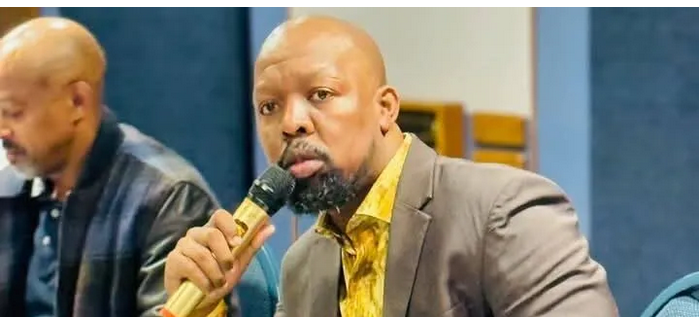New international airport planned for the Vaal

31-05-2023
Read : 634 times
Moneyweb
Source
Citibank pledges R1.4bn for Phase 1, which includes a runway, a passenger terminal, and a cargo terminal development beside the Vaal River – MTP Aviation Solutions CEO Petko Atanassov.
TINUS DE JAGER: Citibank SA Business has pledged R1.4 billion for the first leg of Citibank’s special development zone in the Vaal. The development is to include an airport, an industrial area, a city and agricultural areas. The aim is to cater for 27 million passengers per year and 500 000 tonnes of freight at the airport alone. Citibank has also said that they would be interested in further development. Petko Atanassov, the CEO of MTP Aviation Solutions, who is involved in the development of the process, joins me now.
Good evening Petko, and welcome. What does the airport project entail at this stage?
PETKO ATANASSOV: Goeienaand, good evening to you and to all your listeners. Firstly, the airport, as you refer to it, is actually a long-term master plan airport development with four distinct development areas and zones.
The first zone is the air platform that you are referring to as an airport. The second zone is the trade zone, providing space for light manufacturing assembly facilities in a designated special economic zone for goods available for transport by air. And the third development zone comprises two agri zones.
The fourth is the Airport City, which includes retail, premium office space, a hotel, medical facility, and aircraft for African medical tourism.
It is not only limited to Africa. Medical tourism is becoming something very big and I think we have still got specialists that can offer very good services.
TINUS DE JAGER: So Citibank says yes for the money at this stage. But it sounds like a huge project. Is that enough money from them? Where are you in this complete process and when will you know how much money you actually need?
PETKO ATANASSOV: Remember, these projects are not planned as a final product with a capacity of 50 million passengers and the rest that goes with the aircraft landing. These projects will be developed in phases, otherwise you’re going to end up with a massive white elephant without developing the required aircraft movement, the passenger movement … These projects are developed in phases, so we are talking about Stage 1 only.
In Stage 1 we require about R32 billion to complete Phase 1 of the project. Citibank has provided the seed capital, which is massively helpful. But beside that, Citibank has done more for us in the market in the whole of the United States in terms of financing opportunities, in terms of user technologies, in terms of partnering with air-service providers like a massive airline.
Read: Citigroup teams up with SA to fund new Mega River City and airport
I’ve just returned from a visit to the United States with a delegation from SADC [Southern African Development Community], which was a reverse-trade mission organised by the US Trade and Development Agency. I can tell you everybody wishes the project to succeed. We met with role players from all different spheres.
So for us the Citibank seed capital is extremely important, extremely important. The partnership between Citibank, and to a certain extent, the government at the moment, is something I cannot underline – the importance of this specific development.
TINUS DE JAGER: Petko, you’re talking about Phase 1. Is anything going to be built in Phase 1? The actual building – whether it’s the city or the airport or the agricultural areas – when do we start seeing that?
PETKO ATANASSOV: Phase 1 includes a single runway with 4.2km of land. Just to be simplistic: a passenger terminal with a capacity of seven million passengers per annum, a cargo terminal with a capacity of 150 million tonnes per annum. All these facilities are going to be produced in a way that they can be expanded according to the master plan, which is completed, and work towards a long-term development to reach a building capacity of about 40 million passengers.
However, this massive project will take time. Our estimate is 4.5 years from start of the construction. With a push and hard work we’ll be ready to deliver Phase 1.
TINUS DE JAGER: And when does that start then? Four-and-a-half years from now, or has it started?
PETKO ATANASSOV: Well, first we have to go back and say what the immediate tasks that we’re undertaking are. We have to rezone the land from agricultural land to industrial. That process takes quite a bit of time. We’re talking about probably a year with a push, and we’re going to work very hard for that.
We have to complete our environmental impact assessment, and from there on we are starting to put the bulk infrastructure in place as well.
So it is not going to be clear cut [enough] to say, oh, from today we’ve got 4.5 years and everything is going to be delivered. This is like a standard approach. We have to do our … protocol and the procedures of what is required first for the land to be rezoned.
Second, the special economic zone is extremely important for us. We want to see ourselves as the first privately operated special economic zone. We have the meeting application to the Department of Trade and Industry. This is the immediate action that is going be taken.
But consequent to this we are looking to start putting [in] the infrastructure, which is the civil works and the rest, in year two, which is the next year, [when] we are looking to start putting the infrastructure in place.
TINUS DE JAGER: You’ve obviously done the impact studies and studies around the need for something like this in that area. Does the area and Gauteng need another development of that size?
PETKO ATANASSOV: That’s a very interesting question, and a lot of people who are not involved in the aviation industry will ask this question and simply say, well, there’s no need for such a thing. I would like to explain that, like I said to you, we are developing the project in terms of Phase 1 capacity. And yes, we have conducted accurate feasibility studies, which point out where we can get our catchment area, which is not going to be in direct competition with OR Tambo We are going to develop new air routes.
We have been doing this for the last four years, working quietly, because you cannot put the infrastructure in place without any air operators.
If we wait until we’ve the infrastructure in place to start looking for air operators, this is counterproductive and it’s going to result in a massive loss of money.
What we have been doing is approaching specifically targeted air operators – international, regional and domestic – and … talking and explaining the appetite for the use of the new facilities [which is] quite big. So we are confident that with our route development partners we’ll be able to have airline operators using the facility the moment that we open in a very, very satisfying way for us in terms of traffic and [making] the whole development sustainable.
TINUS DE JAGER: Thank you. Petko. That was Petko Atanassov, the CEO of MTP Aviation Solutions.
Recent News
Here are recent news articles from the Building and Construction Industry.
Have you signed up for your free copy yet?
